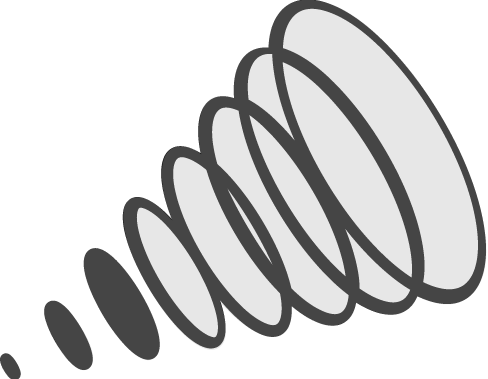For instance, if you’re invested in interest-bearing investments like money market funds, cash or fixed deposits and/or bonds, a falling interest rate would be to your detriment. Seeing as these types of investments are directly correlated to the interest rate, it would be self-explanatory that rising and falling interest rate would naturally cause the yield on these investments to rise and fall.
On the other hand, if you are a borrower and have, for instance, a mortgage bond, a rising interest rate would result in an increase in your monthly repayments on the debt. It is highly unlikely that as a retail lender from registered credit provider you would have a fixed interest rate. Most credit providers provide financing on cars and properties with a floating interest rate linked to the prime interest rate.
Remember, when dealing with interest rates, it is important to understand the distinction between the repo rate and the prime interest rate. The repo rate is the rate at which the South African Reserve Bank (SARB) lends money to commercial banks, whereas the prime interest rate is the entry-level rate at which commercial banks such as ABSA, FNB, Standard Bank and Capitec lend money to customers. When Covid struck South Africa, the SARB made a decision to drop the Repo rate in an attempt to reduce the rate at which commercial banks lend money to consumers. The end result of this move was that, if you have a floating interest rate, the Rand amount of your monthly repayment would have been lower because the interest portion would have been lower – ultimately putting more disposable income back into the pocket of the consumer and something that came of great assistance, especially those whose income had been reduced as a result of the pandemic.
When the Repo rate was slashed during “lockdown”, many South Africans took advantage of this low-interest-rate environment to purchase property with what was seen to be cheap home loan financing. The worry moving forward is that the SARB have indicated that this latest rate hike of 50 basis points is just the first phase of more hikes in the future, with an initial guestimate of 3 more 50 basis point hikes to come. With this in mind, future affordability must to be taking into consideration for any consumer who recently took on large amounts of debt.
Let’s take a look at a practical example: We have assumed that Mrs Adams purchased a property during the pandemic when the prime rate was at its lowest, and the bank approved her R2 million home loan at prime interest rate, which was 7% at the time, over a 20-year loan period. With no deposit being paid on the purchase of the property, Mrs Adams’ monthly repayments were in the amount of R15 505. However, with the prime interest rate now at 8%, Mrs Adams’ monthly bond repayments have increased to R 16 728, meaning that she is now paying an additional R1 223 per month on her home loan. This example illustrates an affordability problem that many South Africans might face with the most recent, and future potential, Repo rate increases.
While it is both common and understandable that many people take advantage of a low-interest environment to purchase assets such as property and/or vehicles, it is important to consider one’s future affordability should interest rates increase to normal levels. Remember, drops in interest rates are strategically planned and do not last over the longer term, and your financial plan should be appropriately geared to ensure future affordability if and when interest rates increase. Ideally, a drop in interest rates should be seen as an opportunity to save the money that you would have paid towards your bond repayments. Thus, instead of reducing your bond repayments in line with an interest rate reduction, the better approach would be to keep your bond repayments unchanged so as to reduce the interest and build cash reserves in your access bond (if you have such a facility).
As we emerge from the pandemic into a more ‘normal’ way of living, the South African Reserve Bank has been bold in its steps to increase interest rates to pre-pandemic levels which have had the opposite effect on investors and borrowers alike in that those owing money will be faced with higher interest on their loans while investors will earn more interest on their interest-bearing investments.
The recent interest rate hike will also affect those who took out vehicle financing during the low-interest environment, particularly those who saw the opportunity to finance a “luxury car” with a low interest rate and a large balloon payment. A balloon payment is where a percentage of the vehicle’s value is taken off the financed amount, with this balloon or residual amount becoming payable as a lump sum at the end of the financing period. Many vehicle dealerships make vehicle repayments more affordable by structuring a finance agreement which includes a balloon payment or residual value at the end of the contract term. Increasing interest rates will result in the consumer having to pay a higher monthly installment on their car repayment as well as a higher balloon payment depending on the structure of the loan agreement.
Have a fantastic day.
Sue








